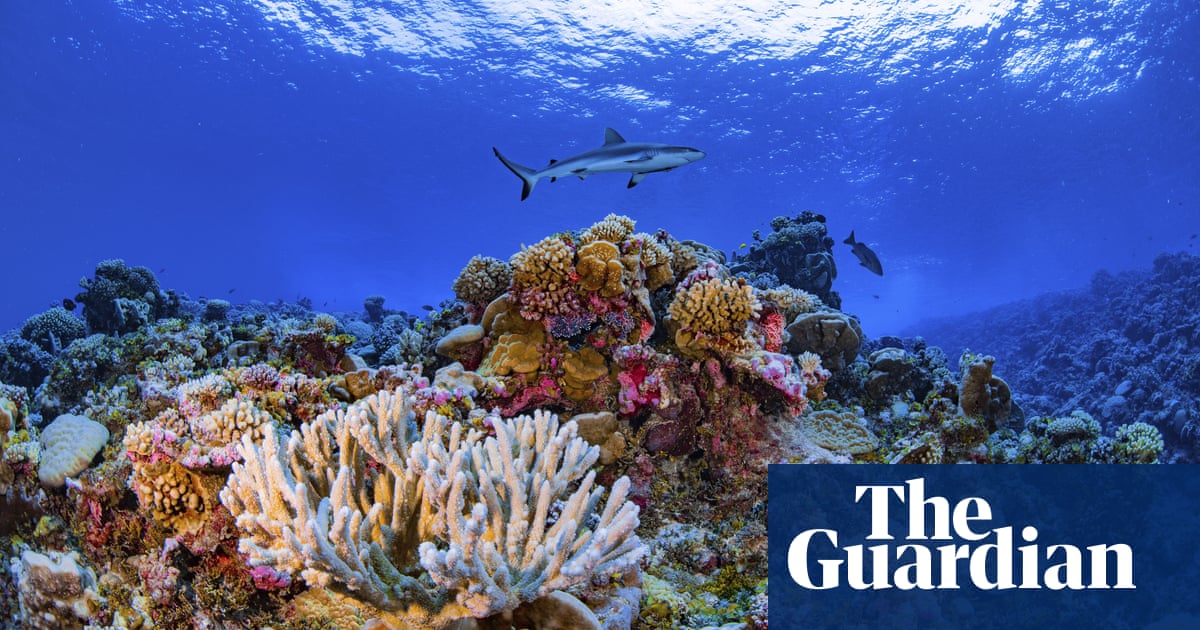
A Coalition government strategy to save Australia’s endangered wildlife has failed to meet targets to stem the decline of many birds, mammals and plants.
The final-year report of the five-year threatened species strategy, which was introduced under the former environment minister Greg Hunt, has found five out of the strategy’s 13 targets were met, three were partially met and five were not met.
The targets not met include three that aimed to improve the trajectory of 20 birds, 20 mammals and 30 plants, including species such as the red-tailed black cockatoo and the eastern barred bandicoot.
The report finds this goal was only achieved for six birds, eight mammals and 10 plants.
For some of those species an improved trajectory did not mean that population numbers had improved in the five-year time frame – their decline was simply occurring at a slower rate than previously.
A goal to eradicate feral cats from five islands was not achieved, while a target to cull 2 million feral cats across Australia was considered partially met at more than 1.5 million.
In its report, the government wrote that the time frame of five years was too short to meet some of the “deliberately challenging” targets.
But it said the strategy had been successful in sharpening the public focus on threatened species and that “quantifiable progress” had been made, including in the culling and management of feral predators.
On the targets it did meet, the government said it was managing feral cats across more than 10 million hectares. Recovery work was also happening for 50 plant species and 60 ecological communities.
Ayesha Tulloch, a research fellow at the University of Sydney, said the introduction of the strategy itself had been a positive step and it was welcome that the department had found a way to report on it.
But she said it was alarming that after five years there were as many unmet targets as those that had been fully achieved.
She said this was especially the case for process-focused goals, such as a target to have up-to-date recovery plans, conservation advice and threat abatement plans in place for all of the priority species. This target was not met.
“Given that we have a hundreds of threatened plants and we can’t even meet a target of 30 being improved over five years, that’s very alarming,” Tulloch said.
“The fact we can’t even meet a target of making sure there’s up to date recovery plans and conservation advice for species, let alone implement it, that’s concerning.”
Euan Ritchie, a professor of wildlife ecology and conservation at Deakin University, said the strategy had raised awareness about the dire predicament that hundreds of Australia’s unique plant and animal species were facing.
He said there had been some welcome successes documented in the five-year period, including the establishment of additional wildlife safe havens that were free of feral cats.
But he said the report showed “many failures”, noting that fewer than 35% of the priority plant and animal species had improved population trajectories.
“This improvement includes species that are simply declining at slower rates over recent years,” Ritchie said.
“But we still have the ability to turn things around – and quickly, if the political appetite appears, environmental laws are strengthened and sufficient investment for conservation is forthcoming.”
The government announced in May it would develop a new 10-year threatened species strategy, made up of two five-year action plans.
This strategy will include greater focus on landscapes, rather than just individual species, with the first action plan expected to include 100 priority species and 20 places. The range of species will also take in reptiles, amphibians, freshwater and marine species.
Tulloch and Ritchie said the new strategy would need to come with tougher environmental protections, including legislation to halt habitat clearing, one of the biggest threats to species.
Tim Beshara, of the Wilderness Society, said the federal government was not meeting its obligations to recover endangered wildlife and that the original strategy had narrowed the focus of the commonwealth.
“It was spun as triage or prioritisation of the range of species they were going to recover,” he said. “The strategy lowered the bar of species recovery and yet, as their own report card shows, they still managed to trip over it.”
A spokesman for the federal environment department said the first strategy had brought “ground breaking national focus” to threatened species, and its achievements in managing feral cats had contributed to improvements for species including the bilby, woylie and the central rock rat.
The spokesman said recovery would be a generational process for some species.
“This strategy was the first of its kind in Australia and was based on highly ambitious targets. It has formed a vital framework for the next decade and has already been responsible for saving species.”












